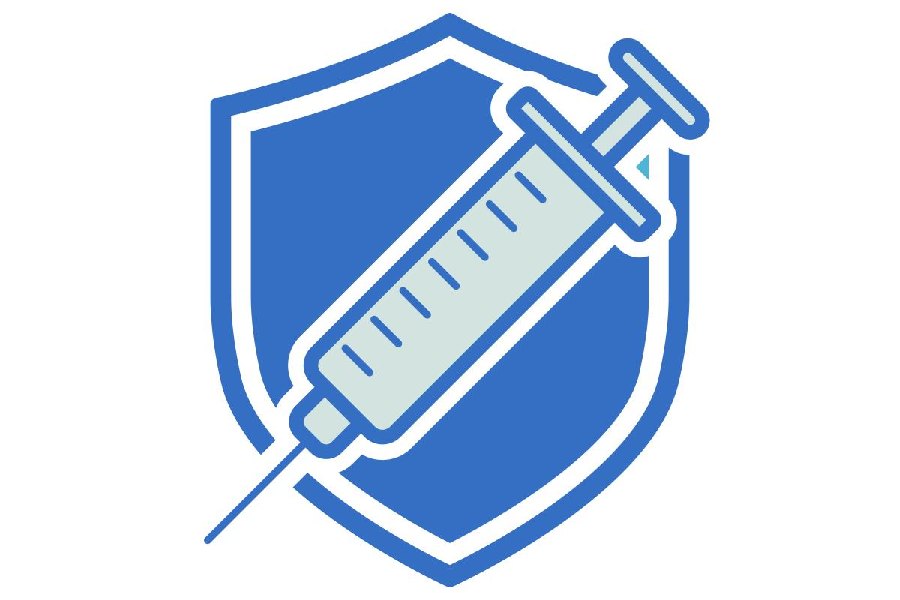India could reap over 16-fold “economic and social returns” over what it would cost to offer the human papilloma virus (HPV) vaccine designed to prevent cervical cancer to all adolescent girls in the country, a global technical alliance has estimated.
The alliance, which has modelled the benefit-to-cost ratios for several interventions for adolescents’ health, has estimated that introducing the HPV vaccine would cost $1,104 million (₹9,250 crore) and yield economic and social benefits equivalent to $18,395 million (over ₹1,50,000 crore).
The modelling effort by the World Health Organisation and the Programme for Maternal, Newborn and Child Health calculated the cost-benefit ratio of vaccinating girls at age nine with a catch-up dose between 10 and 14 years of age and cervical cancer screening at ages 35 and 45 years.
HPV vaccines designed to generate immunity against the viruses implicated in cervical cancer have been available in India through the private sector since the country’s drug regulatory authority approved them in 2008. But health experts have long underscored the need to vaccinate all girls.
A technical advisory group that guides the Union health ministry on immunisation had in 2017 recommended the “phased introduction” of HPV vaccines through the government’s free immunisation programme. But the intervention remains unimplemented, doctors say, because of the vaccine’s cost.
Doctors say the foreign-made vaccines cost nearly ₹2,000 a dose. Although a domestic vaccine maker, the Serum Institute of India, Pune, has introduced a relatively low-cost HPV vaccine, the health ministry has not yet signalled a timetable for introducing HPV into the immunisation programme.
Earlier this year, an obstetrician-gynaecologist and a member of the Federation of Obstetrics and Gynaecological Societies of India had told this newspaper that “it is important for all girls — rich and poor — to receive the HPV vaccine”.
Some experts are hoping the WHO-PMNCH benefit-to-cost ratio modelling exercise will help influence a decision on HPV vaccines.
The modelling exercise also estimated the costs and the projected economic and social returns on several other interventions such as adolescent health services, road traffic accident prevention initiatives, and screening and treatment of myopia, and curbing child marriage.
The estimated benefit-to-cost ratios for these interventions range from 4.6 for road traffic accident prevention initiatives to 19.9 for curbing child marriage.
Another intervention involving providing timely treatment for tuberculosis will offer a benefit-to-cost ratio of over 71.











